Peperomia caprata: description, care and reproduction
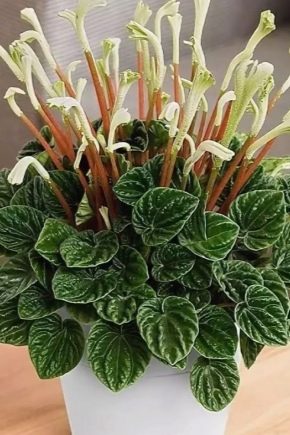
A cozy home is impossible without a home garden. However, not everyone has enough serious knowledge of floriculture, so they prefer to breed beautiful, but unpretentious plants. One of these is Peperomia, which belongs to the pepper family. This representative of the domestic flora comes from the American and Asian tropics.
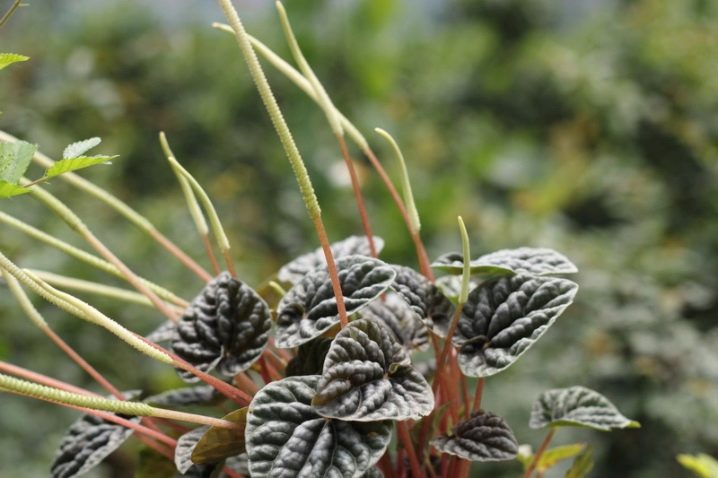
Peculiarities
One of the characteristic features of the flower is low growth, rarely when the plant grows more than 20 cm. It belongs to evergreen herbaceous perennials, although some representatives of the genus are closer to shrubs. In its natural environment, this handsome green is a tropical carpet and feels great in shady areas. Distinctive features:
- thick shoots;
- foliage of a fleshy appearance, can have a different shape;
- the color of the leaves can vary from green to gold and even brownish tones, they can be decorated with patterns and spots, straight lines;
- the foliage of the peperomia of the caprata has a corrugated structure;
- small flower in the form of a spike-cylinder;
- flowering turns into berries.

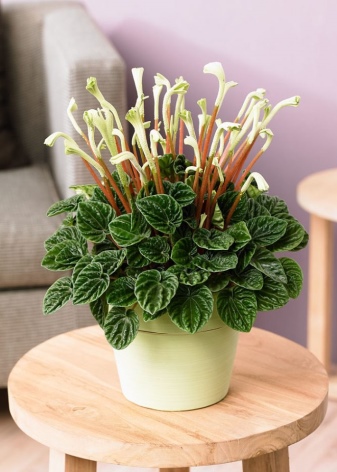
There are a great many types of peperomia. Botanists disagree, but the average number is 850. Peperomia caprata is the most famous of this series, it is also called wrinkled or wrinkled. Peperomia in some of its incarnations is considered a spectacular decorative representative, it is planted in greenhouses, botanical gardens, used as an element of ampelous floristic compositions and groups. All types of peperomia live well together, so many growers breed a variety of varieties, combining them into bizarre compositions.

Varieties
Botanists divide peperomias into three main types: succulents, shrubs, and ampelous. Peperomia caprata belongs to the bush type and came to us from Brazil. A rich selection of varieties makes this variety especially attractive to growers. The most popular varieties include the following.
Lillian. A distinctive feature of this representative is the wrinkled leaves of a dark green tone, which are decorated with light streaks of veins and spectacular flowers of cream and whitish shades. She prefers shade and is completely unacceptable in her care.

- Red Luna. It is a luxurious bush of a bright burgundy shade, a low-growing unpretentious plant.
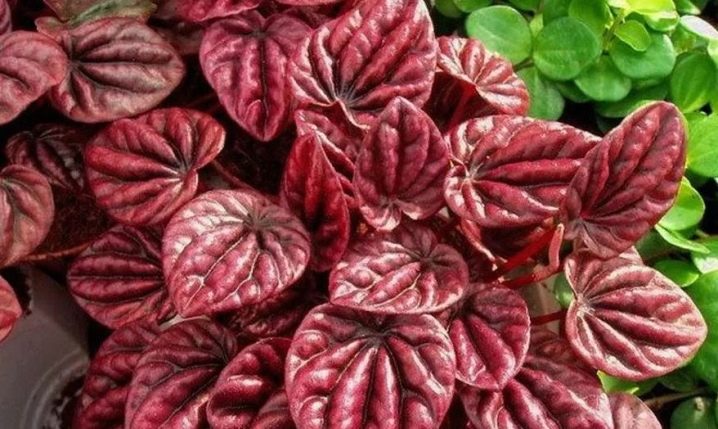
- Teresa. The most magnificent representative of the kaperta, combines the tones of silver and greenery. Also not very tall.
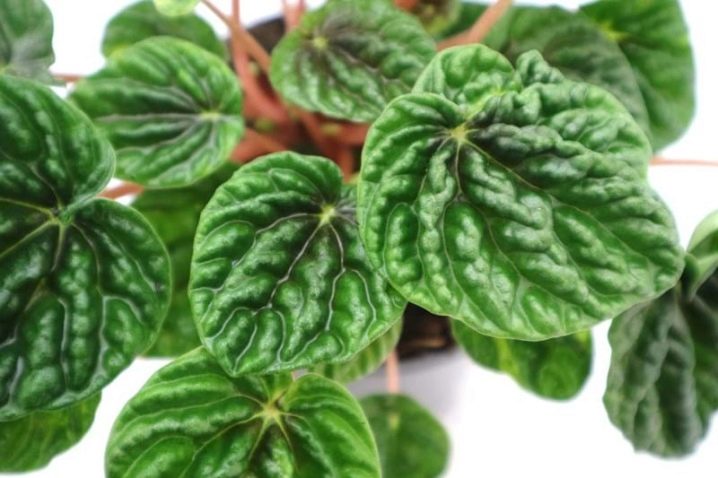
- Abricos. The name speaks for itself - a shade of bright apricot is definitely present in the color of the foliage as a frame, the leaf itself is rich green.

- Schumi Red. differs in soft oval leaves with a relief texture. Undemanding in care. Flowering of a creamy milky shade of spikelet type.
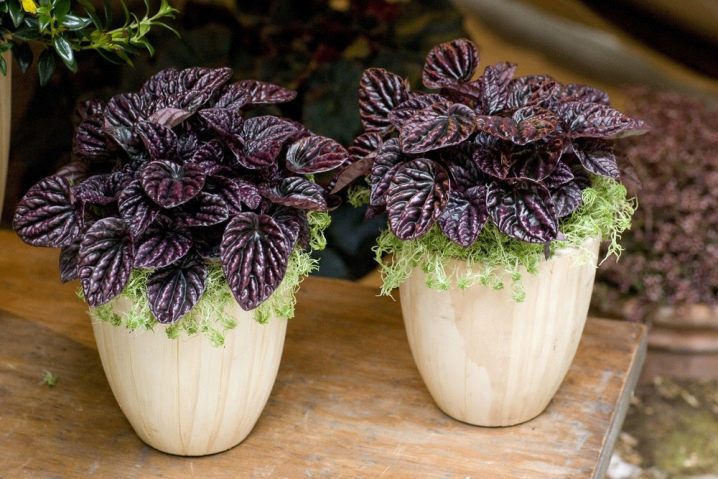
- Schumi Sienn Sunset. The foliage is rosette, juicy, heterogeneous, marble-like, red and pinkish in color, the stem is short,
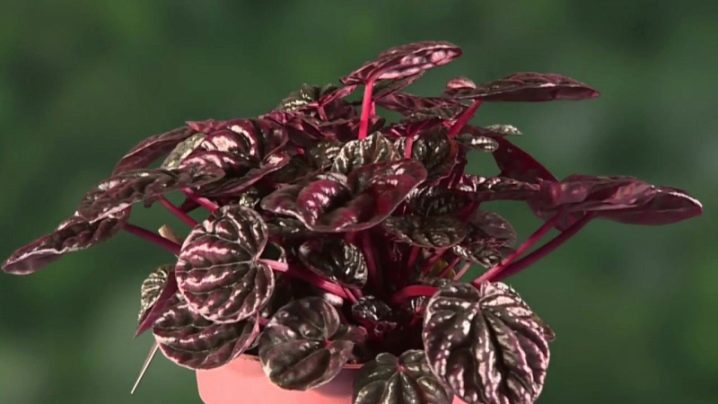
- Rosso. The leaves arrange their succulent rosettes in a star-like shape. One of the extra-decorative types of an unusual color combination: top - rich green, bottom - juicy burgundy.
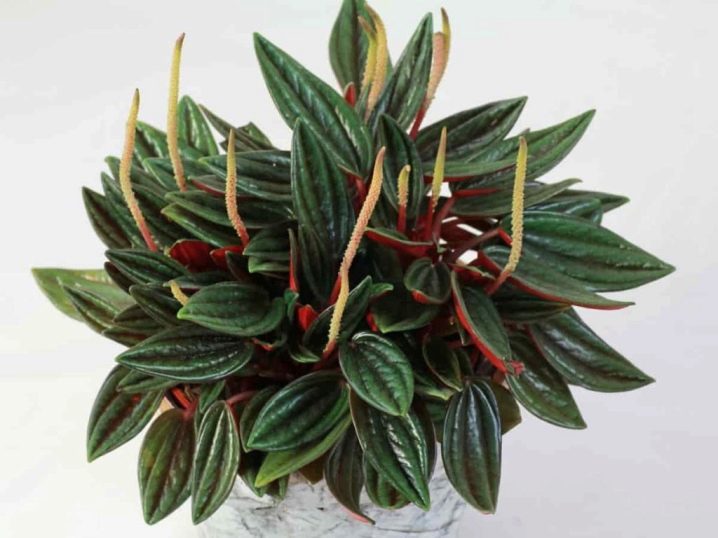
- "Emerald Ripple". Marble-spotted, low plant.
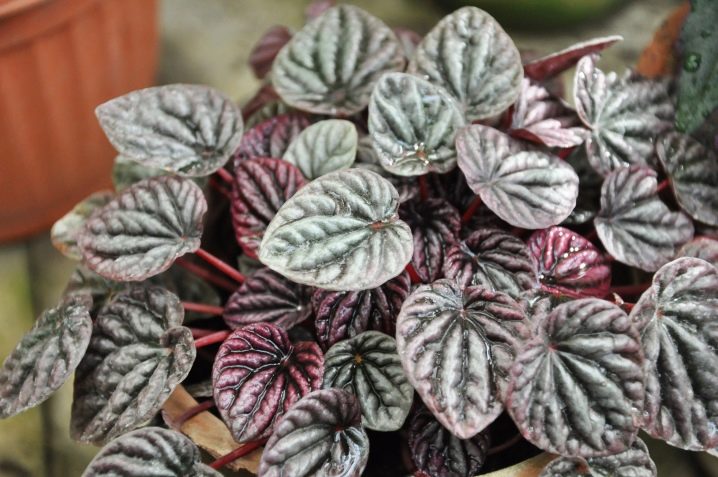
Conditions of detention
In general, flower growers consider this representative of the flora to be very convenient for home breeding.There are some nuances that must be taken into account, but in general, caring for a flower will not require too much effort.
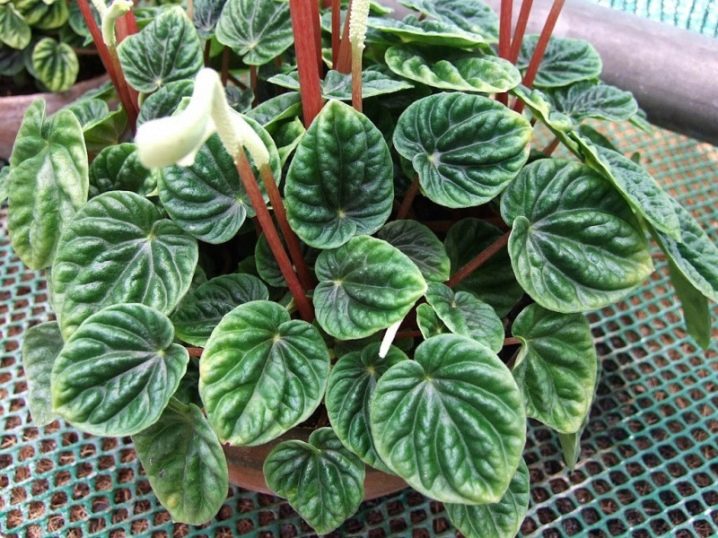
Illumination
Peperomia feels most comfortable in the light of diffused rays, ideally it is necessary to protect the plant from the sun. Therefore, it is recommended to keep the flower on the windowsills from the west or east. If the room faces south, the flower must be removed from the window. In addition, paper or translucent type fabric will help to form the conditions of diffused lighting. Feel free to use gauze, tracing paper, standard tulle. Consider the variety: green-leaved representatives feel great in the shade, and those decorated with variegated foliage develop optimally in diffused lighting.
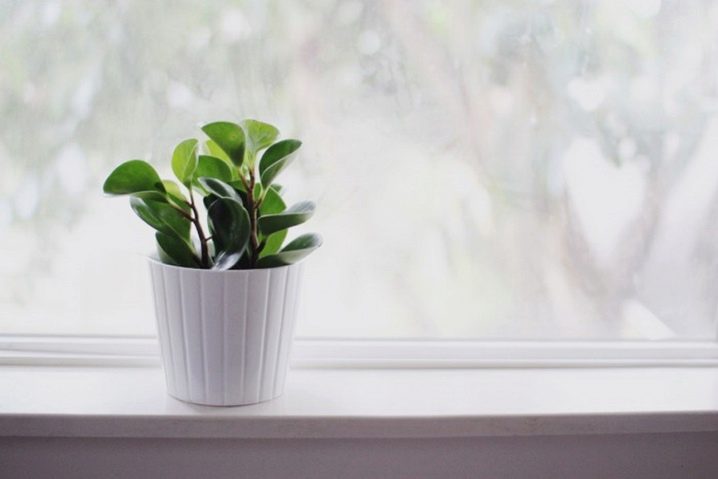
Particular attention should be paid to light during the winter months and off-season. Florists recommend equipping additional lighting sources. It is impossible to place lamps in the immediate vicinity of the plant, the distance should be at least half a meter. Lighting time - up to 8 hours a day. Artificial light does not interfere with the cultivation of this floristic specimen, but in this case it is provided with lighting for at least 16 hours.
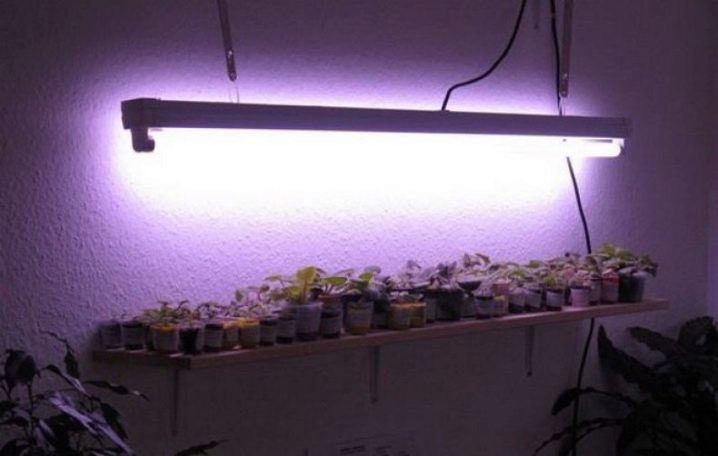
Temperature
A tropical flower does not tolerate cold weather and drafts, which is quite natural, given its origin. A warm climate is necessary for a flower all year round. If we talk about the warm period, then in spring and summer it becomes comfortable starting from +20 C. In winter, the thermometer should not fall below +18 C. As for fresh air, the plant does not need it. It must be protected from drafts, it is not required to take it outside. Monitor the temperature of the soil, as cooling threatens the root system with diseases. The minimum possible mark of the thermometer is +17 C.

Planting and transplanting
Planting a plant is considered by flower growers to be the most difficult stage in breeding this green pet. The health, development and even life of the plant depends on compliance with the planting rules. The main difficulties associated with planting are in the preparation of the soil, the choice of capacity. This flower is planted only in spring, using soil through which air easily circulates. The soil should be loose, nutritious; a clay-based substrate is excellent in this capacity. It is recommended to buy special soil in specialized stores, especially if you are not professionally engaged in crop production.

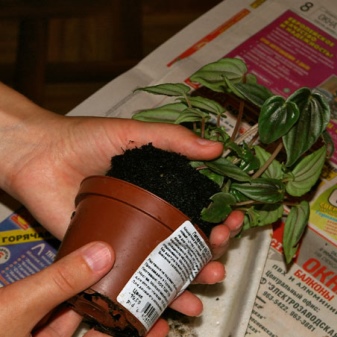
The container for the flower must be of a suitable size with a drainage layer at the bottom, the size of which cannot be less than 3 cm. In the role of drainage material, use small-sized bricks, expanded clay, small pebbles. Then a plant is placed in the pot, soil is poured on top, which in no case should be pressed and rammed. In general, the planting procedure should not be accompanied by sudden movements that can damage the rhizome. At the end of the procedure, it is necessary to thoroughly moisten the green pet and take it to its permanent place of residence.
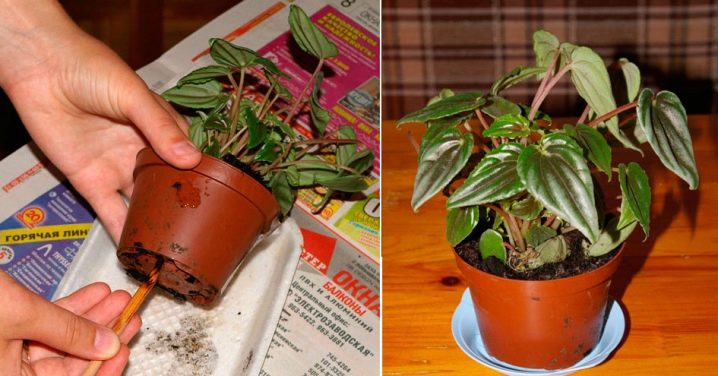
If you purchased a plant from a store, do not replant it on the same day, it is better if you give a couple of weeks for the flower to adapt to new conditions. The transplant is also carried out in the spring:
- young plants - every year;
- three-year-olds and older - every two years.
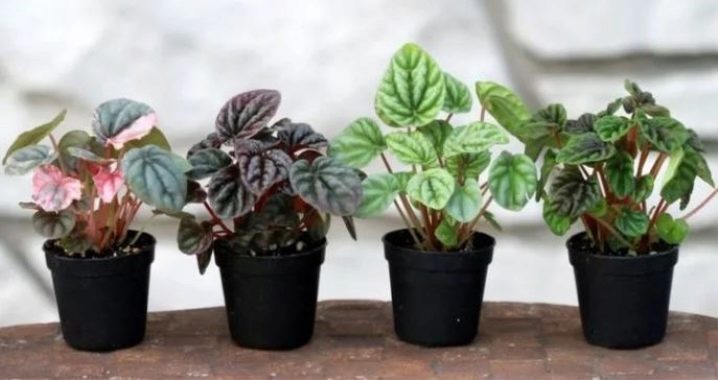
Do not choose too deep containers, but in width they should be one and a half centimeters larger than the previous ones. If you are preparing the soil yourself, mix:
- one part of sand;
- one part of peat;
- one part of humus;
- three pieces of land of the sheet type.
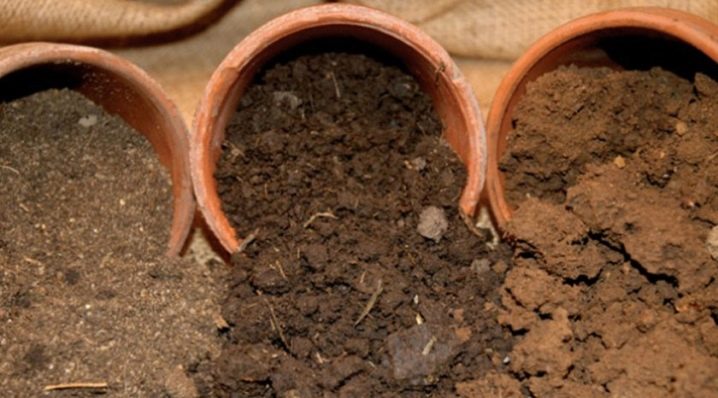
Don't forget the drainage system at the bottom.
How to care?
In order for a home planting to please with a healthy and flowering look, it is necessary to competently carry out, albeit simple, but regular care, taking into account the characteristics of this type of plant. At home, these procedures will not cause much inconvenience.
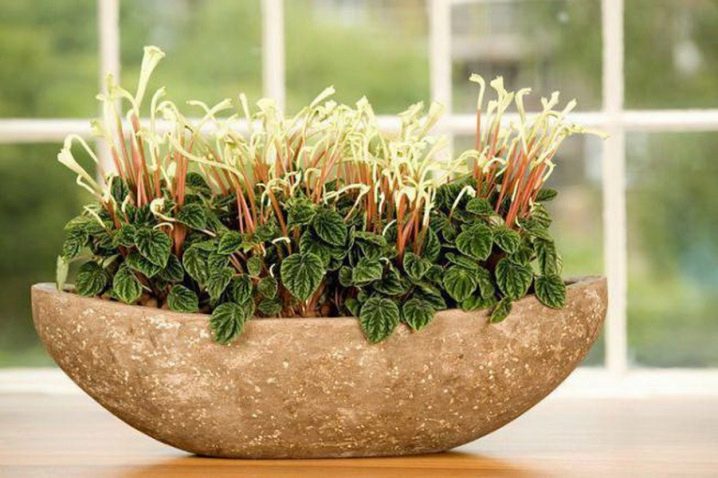
Watering
Oddly enough, the tropical beauty is not a fan of high humidity, so it should be watered in moderate doses. The following frequency of watering is optimal:
- summer - 3 times a month;
- winter - once every 20 days.
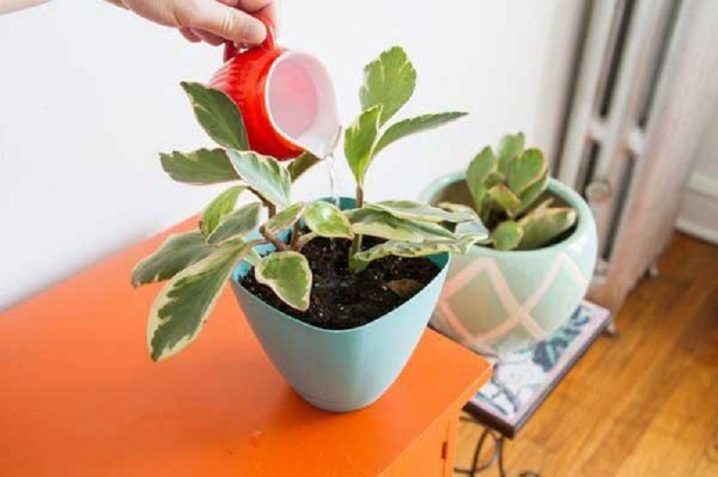
Pay attention to the degree of dryness of the soil - it should not dry out to the depth, otherwise it will lead to the loss of the spectacular appearance of the plant. If the soil is dry more than 3 cm down, you can water the flower again. Also, make sure that the water is settled, not hard and warm, just above room temperature. Since the flower does not need abundant moisture, stagnation of water is unacceptable, this will lead to pathological disorders of the root system, decay and disease. A tropical guest is not afraid of drought, but is very sensitive to high humidity. To prevent this from happening, wait half an hour after moistening the soil and rid the pan of excess water.
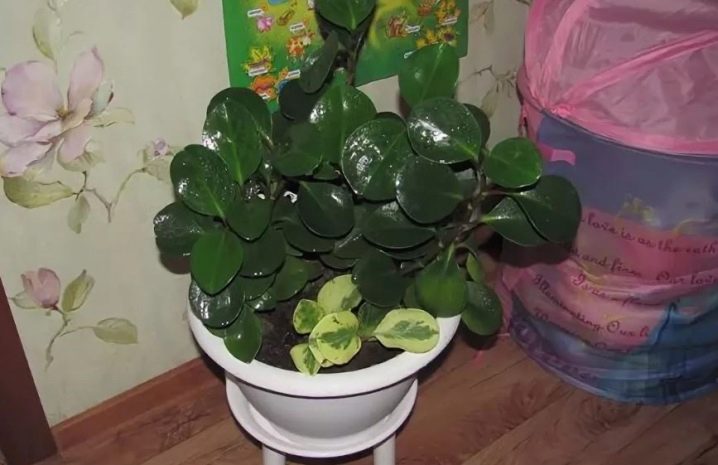
With regard to air humidity, the ideal hygrometer is 50%. Spraying and wiping is permissible only in smooth-leaved varieties, occasionally and only in the summer. Water procedures of this kind are contraindicated for wrinkled foliage. Therefore, dust is removed with dry sponges as needed.
Pruning
With normal development, peperomia is not pruned; it is enough to pinch the top of the elongated shoots in the spring for the bush to branch out. Pinching is done about one fifth of the length from above. However, there are times when the flower becomes bald, and then pruning becomes a necessity. After this procedure, new shoots and stems are formed. When pruning, do not touch only a few leaves at the bottom of the plant.
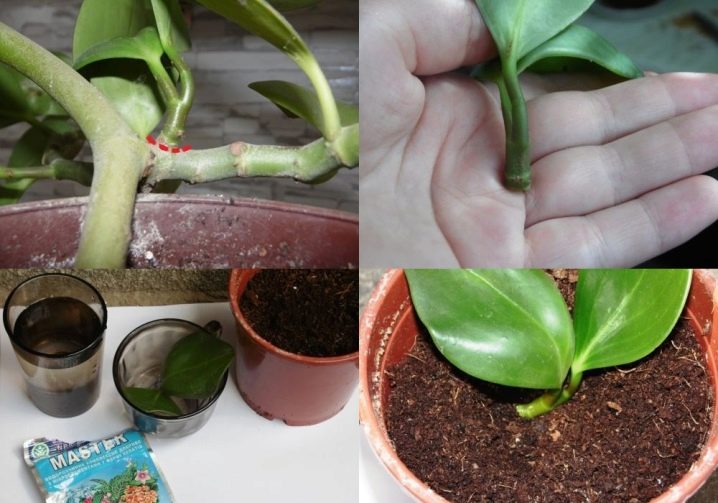
In addition, shriveled flower species form a stump after a few years, after which the foliage grows smaller. In this situation, it is simply necessary to breathe life into the plant. For this, shoots are cut from the top and sides. They can be used as propagation cuttings. Proper pruning and pinching can turn a bush into a beautiful ball.
Fertilizer
The plant is fed twice a month during the most intensive development and growth, that is, from the beginning of spring to the end of summer. You can use any liquid mineral dressing targeted at home flora, succulents, deciduous plants. The main thing is to maintain a small dosage, about half the usual. Starting from September until spring, fertilize enough once a month and a half, you can also exclude this stage of care if the plant is feeling well enough. Observe the measure, as overfeeding can negatively affect the condition of the flower. Always moisten the soil first, otherwise the sensitive root system could burn.

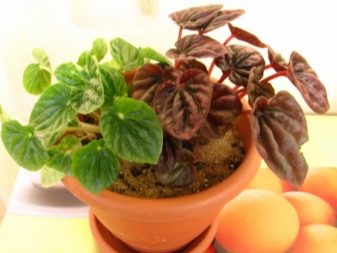
Reproduction
This process is carried out in several ways:
- dividing the bush;
- stems;
- seeds;
- leaf (cuttings of leaves).
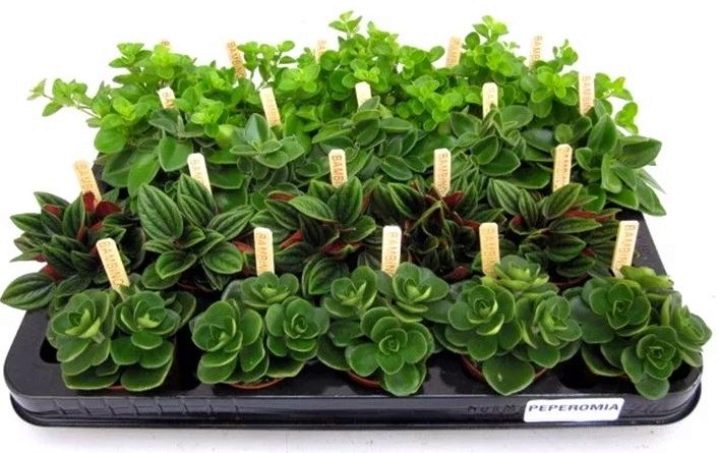
Seeds are sown in small containers in the soil of the following composition:
- part of the leafy land;
- part of the sand.
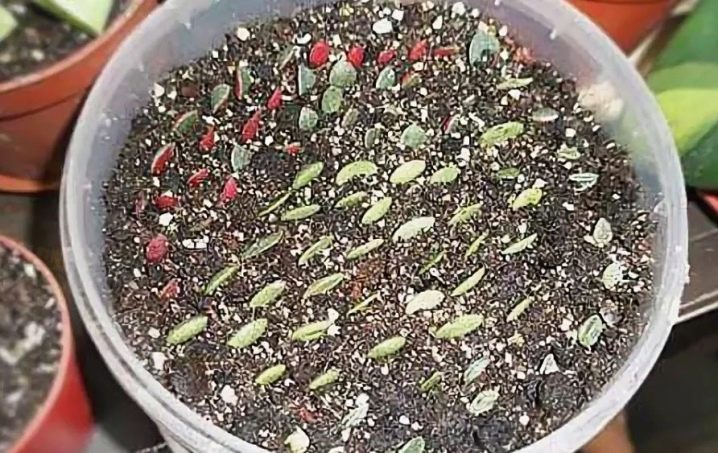
Then it is covered with a glass lid, forming a kind of mini-version of a greenhouse, maintaining a temperature of at least +24 C. It is important to keep the humidity level at a sufficient level. Then the sprouts are split into boxes, into the soil of the same composition.It is necessary to organize the correct lighting, at the same time covering the shoots from direct rays. After the sprouts get stronger, they are transferred to pots with soil of the following composition:
- part of the peat;
- part of the land is sheet;
- half a part of sand;
- half a piece of turf.
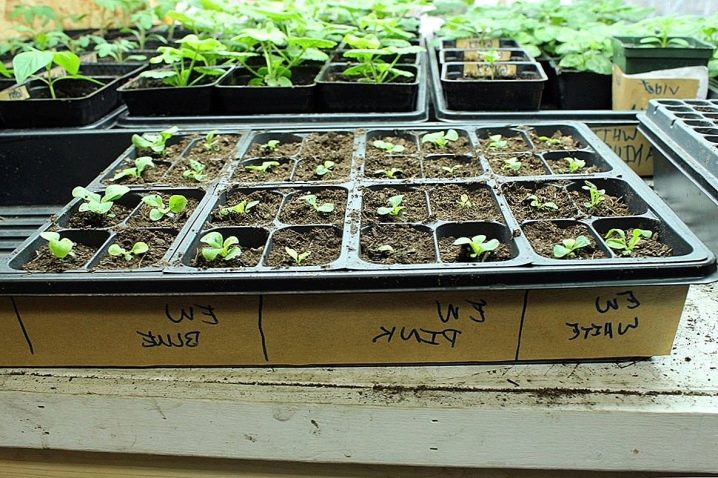
If you prefer vegetative propagation, then it is necessary to cut the stems and tops during the growth period. They must have at least one node, and if their size is small, then at least three. The composition of the soil is the same as when sowing, creating greenhouse conditions will make growth faster. You can also transfer the cuttings to water and put in a warm place until the rudiments of the root system appear. Further actions are similar to sprouts from seeds.
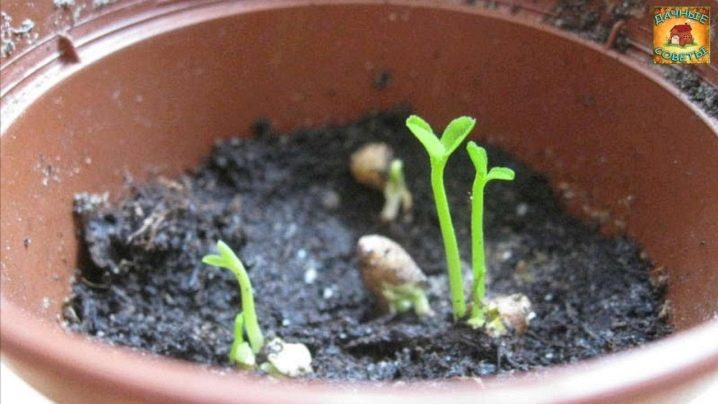
Leaf propagation takes place in this way:
- petioled leaves are transferred to sandy soil in a small container;
- form the conditions of the greenhouse;
- after the appearance of the rhizome, they are planted in a pot;
- it is better to start the process in the spring.
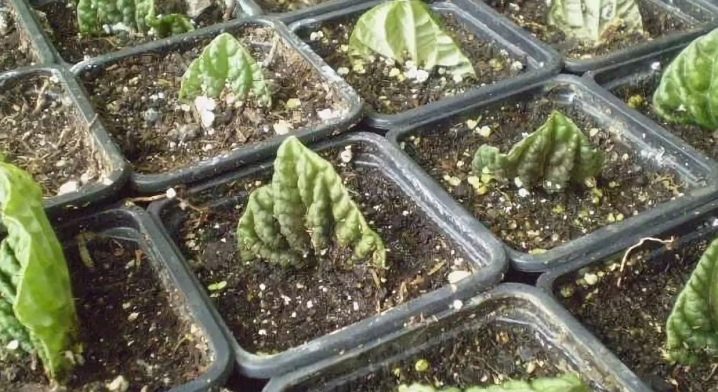
Diseases and pests
The development of room peperomia is sometimes disrupted due to insect attack or disease. Among the frequently attacking pests are noted:
- mealybug;
- spider mite;
- thrips.

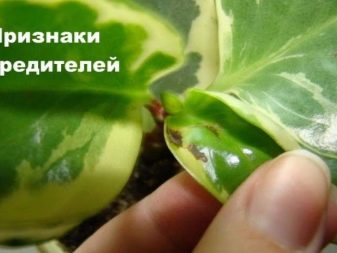
Actions upon detection of a malicious attack:
- foliage urgently needs to be treated with a sponge and soap solution;
- then use special means with any insecticide;
- you can get rid of the worm with rubbing alcohol and ear sticks.

In addition to insects, the plant can become infected with fungal infections, the likelihood of this increases if the plant is waterlogged. Be sure to urgently transplant the flower and stop moisturizing.
Signals to watch out for:
- foliage turns brown - hypothermia, get rid of dry leaves and move to a warm, windless place;
- leaves fall - underwatering, check soil moisture and moisten as needed;
- leaf lethargy, whitening, rotten spots, the formation of traffic jams - excessive moisture in winter;
- in winter, the leaves fall off - the flower does not have enough warmth.
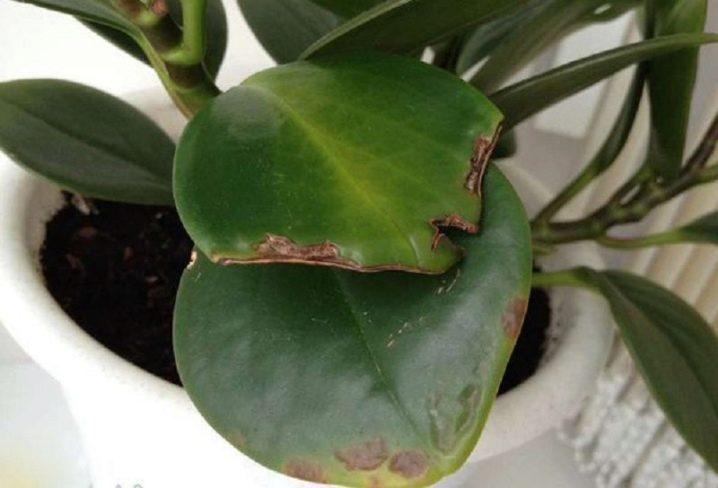
For information on how to properly care for the peperomia of the caprata, see the next video.



















































The comment was sent successfully.